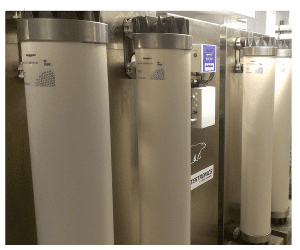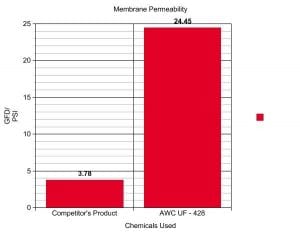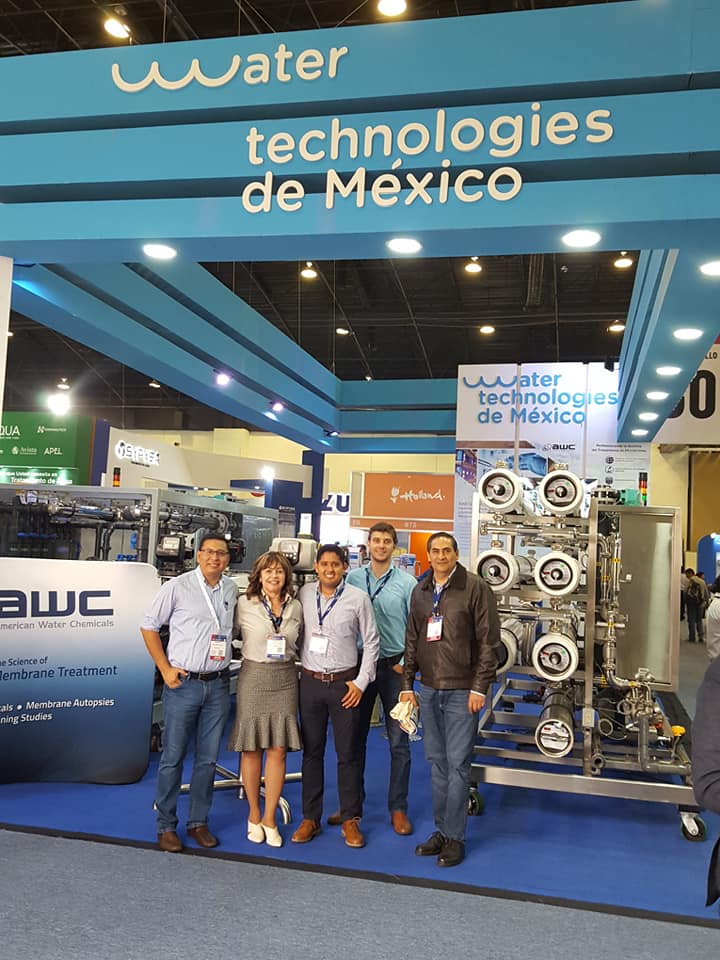Ultrafiltration System Optimized at Cincinnati Zoo
The Cincinnati Zoo uses an ultrafiltration system (UF) to treat storm water. The reclaimed water is collected from fourteen acres of the park, including parking lots, animal exhibit yards, rooftop drains and walking-path storm drains. These combined sources run through a straining basin to a 300,000-gallon retention tank system. From there, the water is pumped from a wet well to the UF system, producing irrigation water and makeup water for various animal exhibits. These include underwater viewing of Polar Bears and Sea Lions, as well as moats for Lions, Cheetahs and African, Painted Dogs.
The UF storm water recovery system was showing a drastic deterioration in permeate flow. When a service company was contracted to perform an extensive membrane cleaning they first circulated a competitor’s acid cleaner at a pH of 1.6 for two hours, followed by an alkaline membrane cleaning at pH 12.8. The high pH membrane cleaning chemical was circulated for approximately one and a half hours at 96°F, followed by an overnight soak. The next morning, the system was cleaned for two more hours with a fresh alkaline solution at pH 12.4. The system was finally cleaned with a second acid solution for another hour. Even after this extensive membrane cleaning time the transmembrane pressure (TMP) and flow did not recover to design values. Within a few days, the permeate flow diminished again and the UF system’s operation had to be completely halted.
The Cincinnati Zoo operations team requested American Water Chemicals’ assistance in finding a solution to properly clean their UF system. A membrane cleaning study was performed and it was determined that a 2% solution of AWC UF-428, a high pH chlorinated membrane cleaning chemical, should be used at a pH 12. The most effective membrane cleaning protocol consisted of alternating the direction of cleaning flow and soaking for a total of six hours.
These recommendations were implemented in cleaning the remaining modules. As a result, the UF membranes were revitalized with a 20 fold increase in flux and an 87% decrease in TMP.




